Recently, in the water source Lost Hammer, which comes to the surface of the Earth from under the permafrost, scientists have discovered microbes. Some of them are still unknown to science.
According to ScienceAlert, the source is fed by waters that are at a depth of 600 meters. There is practically no oxygen in the water, it is very cold and salty. And those microbes that survived in such an extreme place, most likely, can live on Mars, Jupiter’s moon Europa and Saturn’s moon Enceladus.
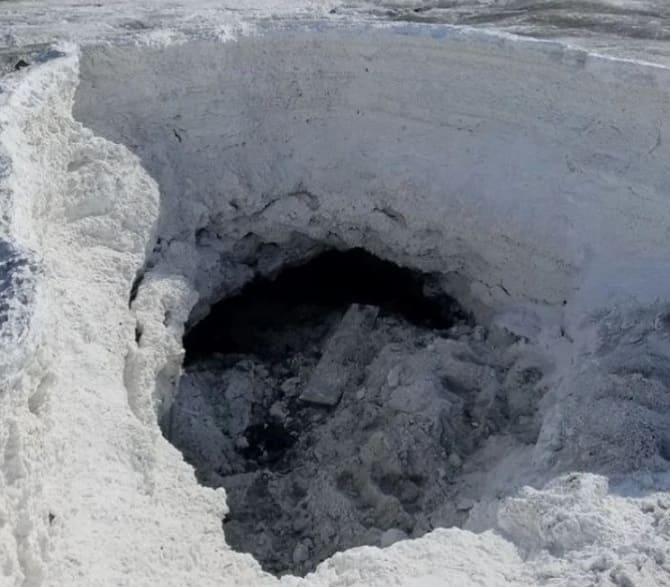
Lost Hammer is a source located on the island of Axel-Heiberg. This island is located in the north of the Canadian Arctic archipelago, it is considered the most severe place on the planet. According to researchers from McGill University, the water contains less than one part of oxygen per million, it has 24% salinity and a temperature of -5 degrees Celsius. It is difficult for any organism to survive in it.
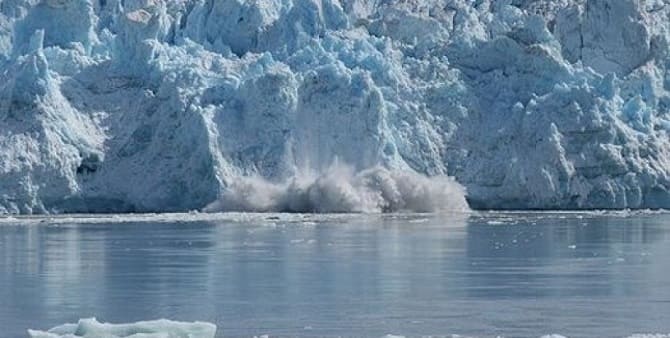
According to Alice Magnuson of McGill University, it took scientists many years to find active microbial communities in this extreme water. After analyzing the discovered life, it became clear that many species had not been known to science until that time.
Lyle White of McGill University says that unlike other microorganisms, the discovered life form does not depend on oxygen or organic material. Therefore, it can adapt even to extreme conditions. Microbes feed on inorganic compounds, which are also inhaled. In particular, these are carbon dioxide, sulfides, methane, carbon monoxide, sulfate.
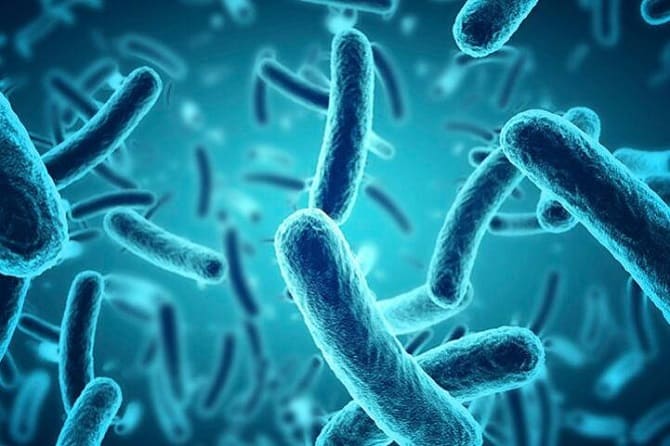
The researchers also note that such or similar microbes can live on other planets and satellites. So, in their opinion, on Mars, Europa and Enceladus, under the icy surface, there may be cold oceans with salt water and practically no oxygen. By the way, one subsurface lake consisting of liquid water was discovered under the south polar region of Mars four years ago.
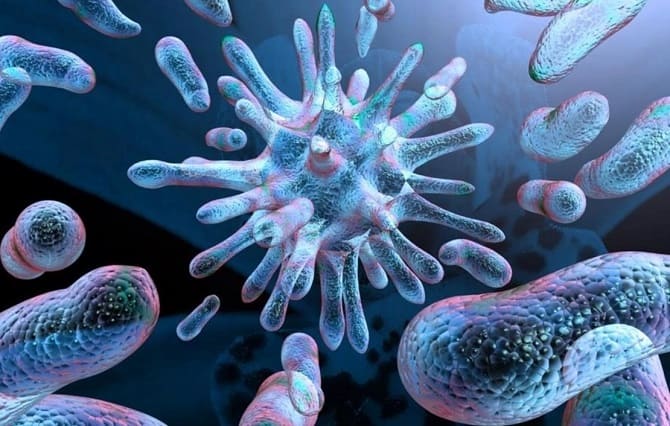
Microorganisms are able to adapt to extreme environments, and scientists plan to carefully study them to understand how they survive in inhospitable environments. The information obtained will make it possible to understand the likelihood of the appearance of microbes on other planets and satellites.


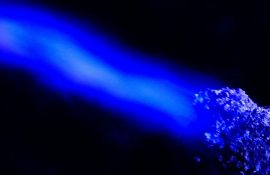

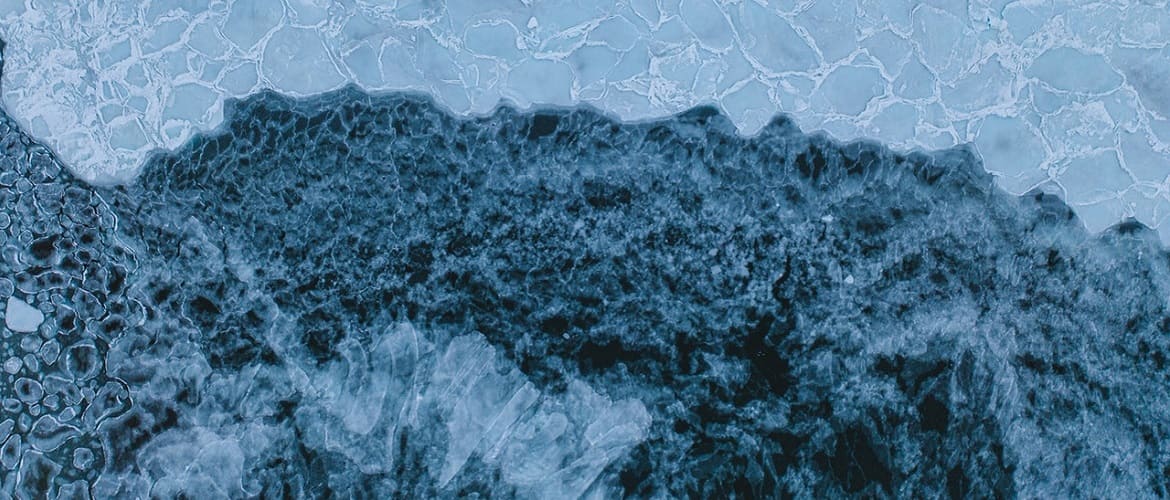

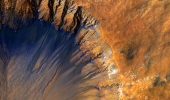
Only registered users can leave comments